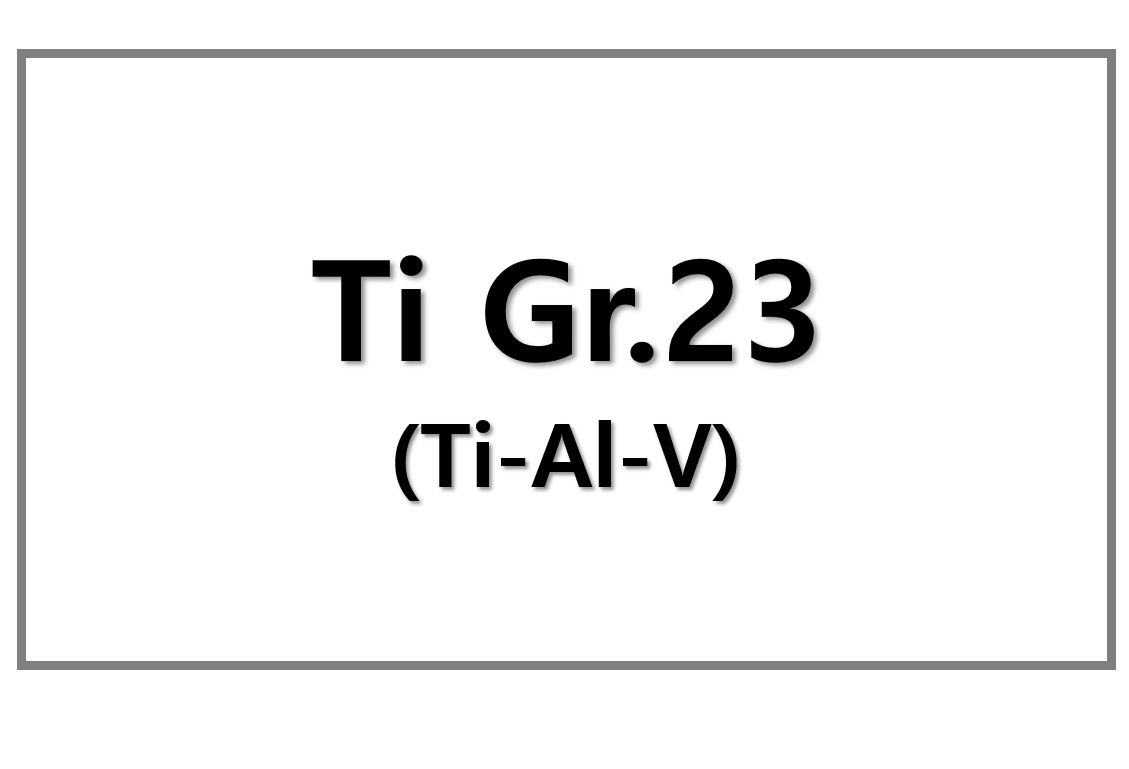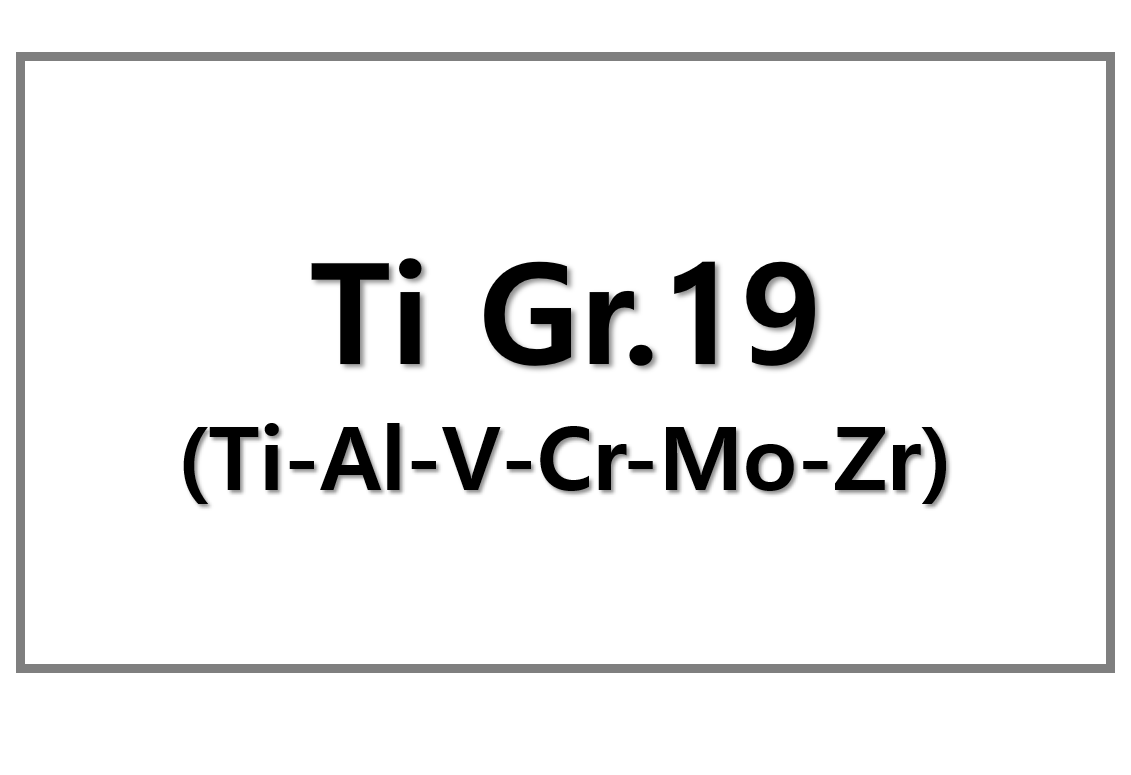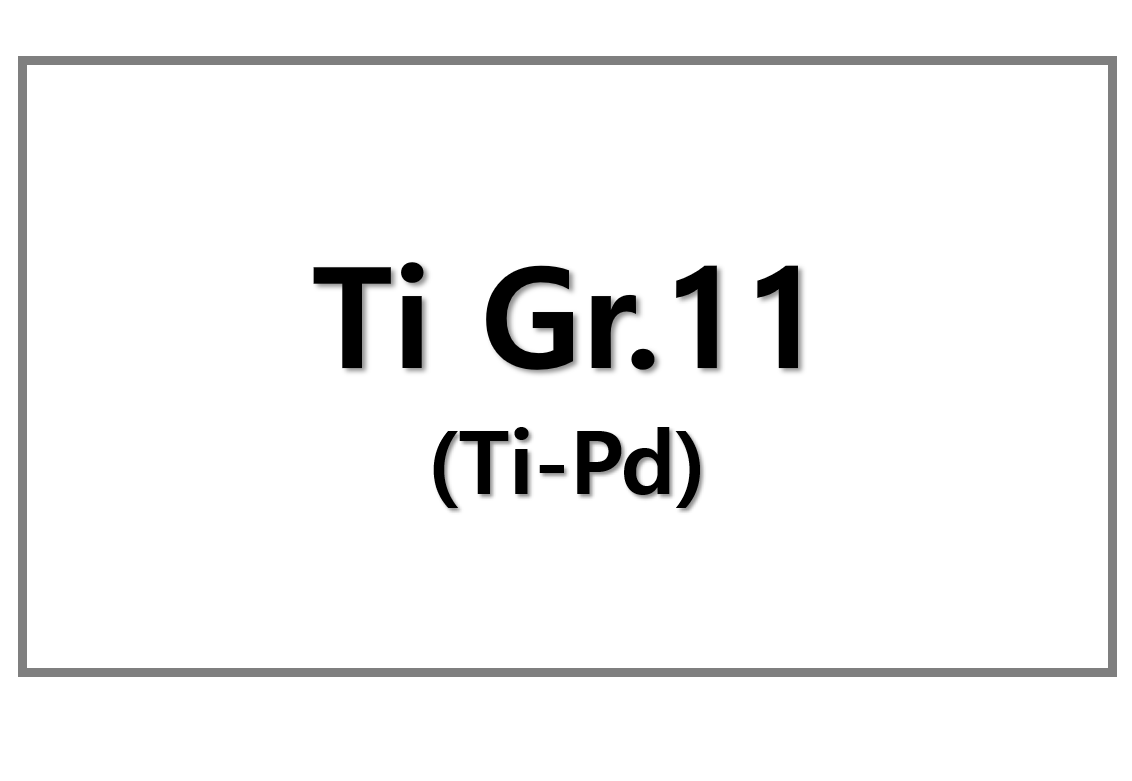
Global Steel Markets Face Intensifying Pressure from China’s Nonmarket Policies
Global steel markets face growing pressure as the OECD issues a strong warning about China’s nonmarket policies and record steel exports. The latest statement from the Steel Committee vice chairs outlines how surging shipments from China reshape trade flows and threaten investment in low-carbon steelmaking. As a result, major producers across North America, Europe and Asia now reassess pricing strategies, capacity plans and trade defenses. The Focus Keyphrase China’s nonmarket policies anchors this rising concern.
The OECD reports that Chinese steel exports grew another 10 percent this year, building on a doubling of exports between 2020 and 2024. This surge, driven by structural declines in China’s domestic steel demand, drives mills to seek new overseas buyers. However, these exports depress prices in market-oriented economies and delay up to one-fifth of planned low-emissions steel projects. This trend highlights why China’s nonmarket policies stand at the center of industry debate.
Meanwhile, the committee forecasts a modest 1 percent rebound in global finished steel demand in 2025. Demand in China will fall sharply in 2026, but India, ASEAN markets and the Middle East will continue growing. Yet excess capacity remains the sector’s biggest challenge. Global overcapacity may surpass 680 million metric tons this year, and new builds in India and the Middle East add further pressure. As a result, China’s nonmarket policies amplify these structural challenges and intensify global competition.
Rising Export Volumes Reshape Steel Trade Flows
Chinese producers now shift toward semi-finished and lower-value steel when confronted with tariffs targeting finished goods. This shift pushes more material into Asia, Africa and Latin America—markets with fewer trade protections and higher vulnerability to displacement. This evolving trade pattern pressures domestic mills in developing countries that struggle to compete with subsidized Chinese output.
How China’s Nonmarket Policies Disrupt Price Signals
The OECD states that subsidies and nonmarket practices “blur market signals,” keep inefficient mills online and crowd out private investment across member economies. These distortions weaken financial conditions for steelmakers worldwide and delay capital deployment into greener production routes from groups such as ArcelorMittal, Nippon Steel and U.S. Steel. Consequently, global commodity investors now expect continued volatility in iron ore, coking coal and scrap prices through 2026.
SuperMetalPrice Commentary:
Steel markets now operate under significant structural strain, and China’s accelerating export push reinforces the urgency for coordinated trade and industrial policy responses. Producers in Europe, Japan and the United States must prepare for sustained price pressure and shifting trade flows, while emerging markets face rising supply risks. SuperMetalPrice expects heightened tariff activity in 2025, deeper supply-chain diversification and accelerated investment in premium low-carbon steel grades, where pricing power remains strongest.











Leave a Reply
You must be logged in to post a comment.